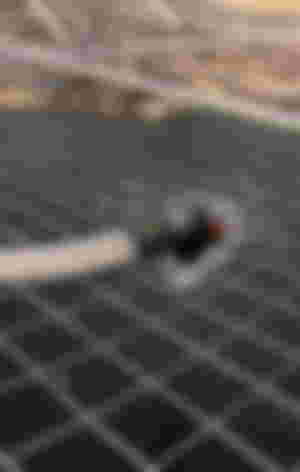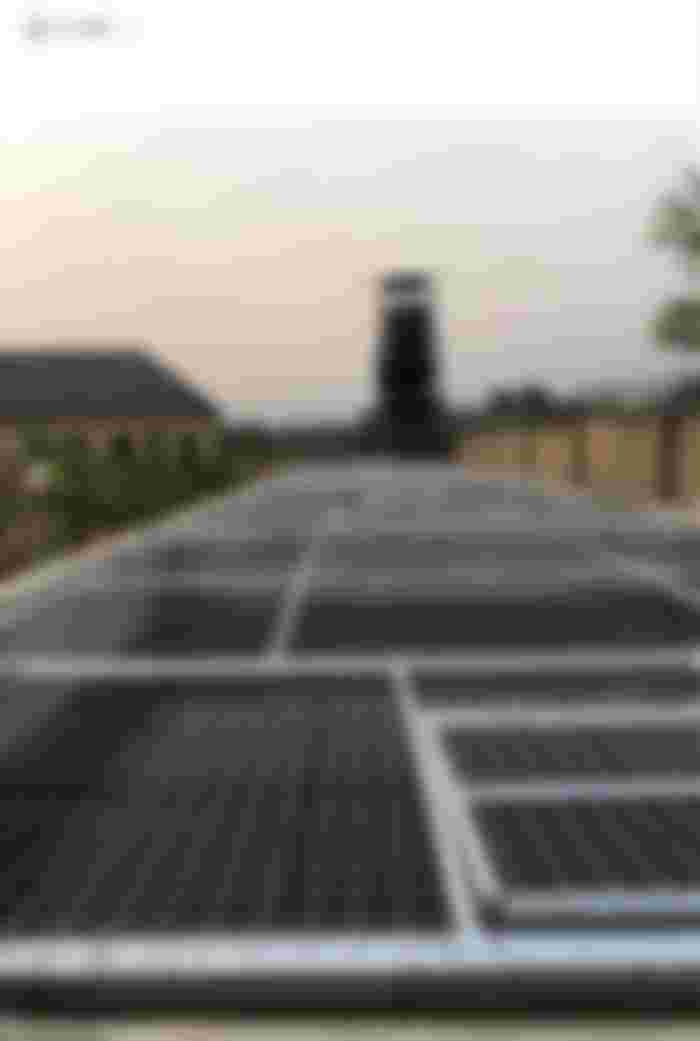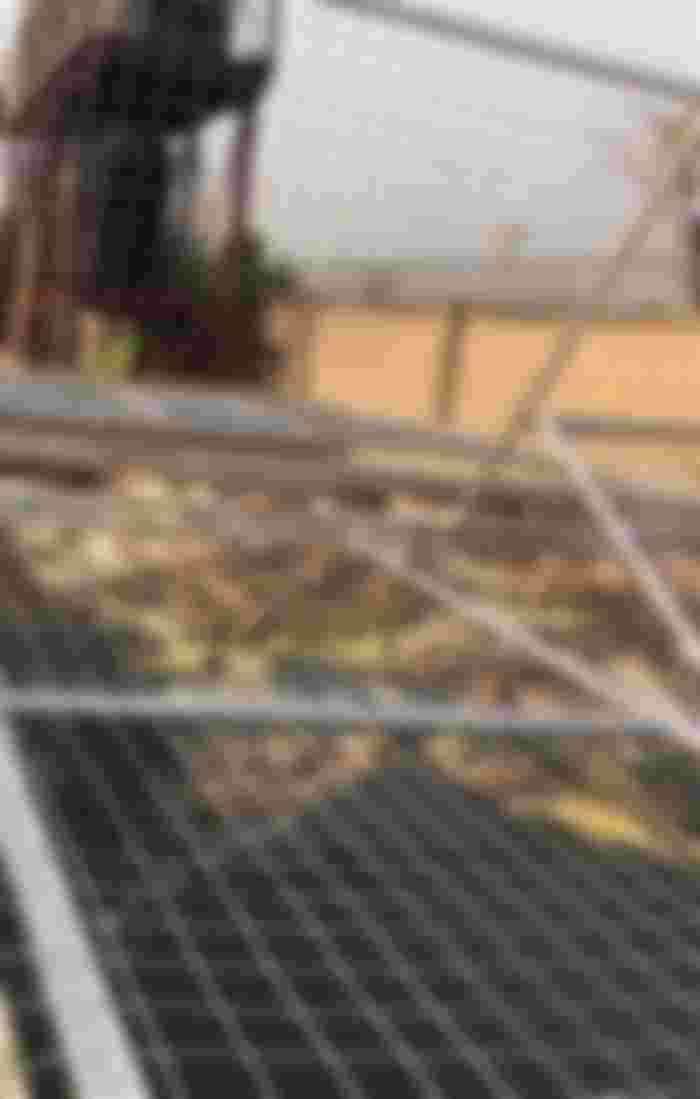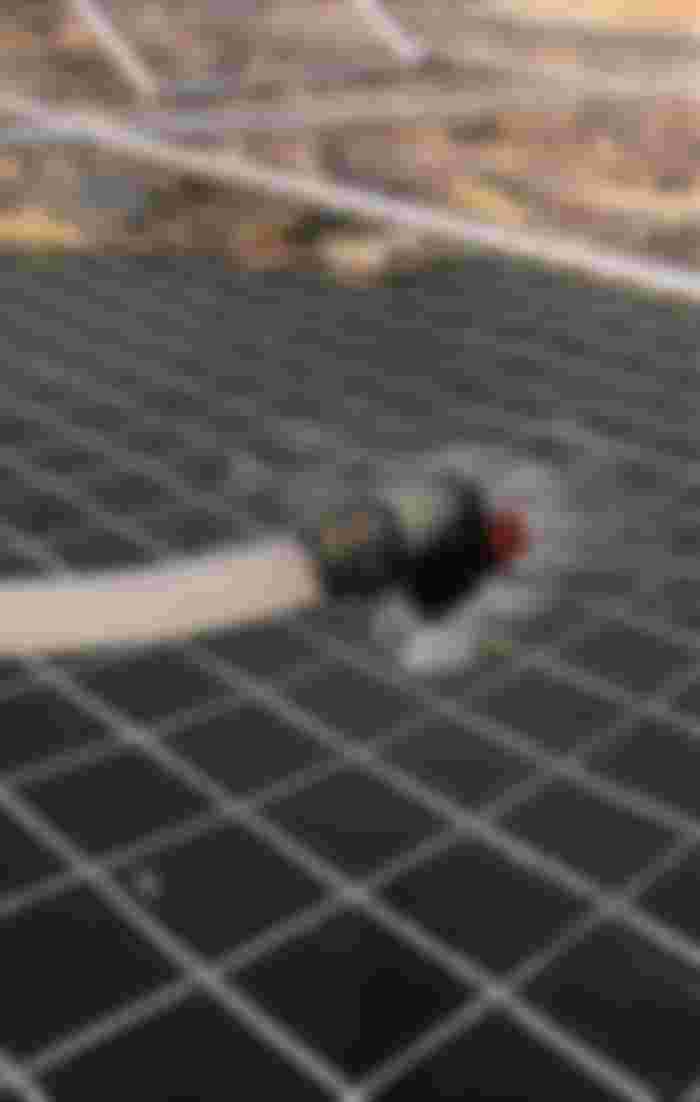Natural and cost effective way of treating new concrete ponds before introducing fishes
Do you know that virgin concrete ponds can make you lose all your fishes with toxins from cements if they’re not well treated?
In this article, we’re going to discuss few processes you may need to follow before introducing fishes to newly constructed concrete fish ponds to avoid casualties and death. I’ll take you yet again to my multipurpose farm where we have segments of agricultural activities going on.
Today we’re focusing on fish farming, and I’ll be taking you to some practical steps that I’ve taken in trying to have a successful outcome of this adventure. During the course of building this farm, I’ve gathered so much knowledge especially from my mistakes and also from my successes, and I’m willing to share as much as I have time to do here.
I concluded my fish ponds this January 2023 and supposed to launch the first batch of fishes. But first, we needed to treat the concrete ponds from chemicals used in cement production which is very dangerous to fish respiratory organs.

Many who neglected this natural and unbiased process of treating their newly constructed ponds has recorded huge number of losses from their fish farming experience. This is my first time in fish farming, but it took me a whole lots of time to research; reading about fish farming, watching videos of people that has tried such adventures before me. And I tried following the already established patterns of fishery. Like I’ve mentioned earlier, I’ve failed in so many areas and at same time have succeeded in many areas too. What is most important to me is the knowledge that is being impacted which I’m eager to pass to others.
Plantain stems and dried leaves does the magic
In parts of developing countries where there’s few of more scientific way of doing things, we rely more on natural ways than alternative ways of dealing with issues. We use plantain stems and dried banana leaf 🍁 to dilute and take away dangerous cement chemical components that doesn’t work well with animals, including aquatic beings. I’m going to take you on the simple process of getting your concrete ponds ready and safe for fishes by using this simple methods.
While some people uses chicken manure to prepare their new concrete ponds for the first time use, I decided to take this method of using plantain stems; the important thing is that both chicken manure, plantain stems and other chemicals can still achieve same result, it left for you to chose more convenient means of treating your new concrete pond.

If you’ve been following my blog, you may have known that I have some plantain plants in my backyard garden, some of these plantains produce towards end of 2022 and I harvested them. Knowing that I’ll need their stems in treating my concrete ponds this year 2023, I didn’t cut down the stems of those harvested plants until I was able to bring the ponds at the level of treatment.

Like I did here, you may need only one tool to do the job of cutting the plantain stems; cutlass! In my case, with the help of my farm truck 🛻, I was able to cut as much as possible. I went to the farm with full truckload of plantain stems and plantain dried leaves.

The process is not ambiguous; just cut or slice the stems into little chunks and throw them inside your newly contracted concrete ponds. Someone may ask, what quantity do I need? Depending on the availability of plantain stems around you; you may ask your neighbors for plantain stem wastes, or you may visit other plantain farm around you if there’s one. Anyway, 3 to 4 plantain stem can serve for one pond.
In my case, I was lucky to gather much because I’ve planted much of bananas before now, and I also have many of them in my farm.

Slice the stems into smaller pieces and fill the pond/s with clean water and leave it for 14 days or two weeks. Make sure that you fill the pond totally so that every part may be soaked with water which will help the plantain stem to penetrate throughout the pond.
After some days, you may notice a change in water color, it changes to brown and you’ll observe the decay of the plantain stems. The water may have some odor showing that something is decaying inside it, don’t worry about those reactions 😀 because that’s the process. You may need to top up the water if you noticed any leakage, sometimes the water level may drop as a result of evaporation after many days. After a week, you may likely not be able to see clearly the bottom of the pond because by then, the decayed plantain particles must have totally changed the color of the water to thick brown color.

After a week or thereabouts, you’ll notice that life has started happening inside the pond by seeing some living organisms swimming inside the ponds, you may notice small living things like fingerlings (baby fishes) swimming inside the ponds. This is an evidence that the plantain stems and it’s diluting agents has finally dealt with life threatening chemicals in the cement; preparing your ponds to be habitable for the fishes.
After two weeks, take away the particles of the plantain stems, flush or pump out the dirty water from the ponds and wash your pond/s thoroughly with fresh water. Repeat the washing again to properly eradicate all the contaminated water away. Now pump in fresh water and fill the ponds. This time, leave it for 3 days and flush out the water again. By this time you may start booking for your fingerlings from hashers or from other fish farmers.
Now that you’ve flushed the second water away, please fill the ponds again with fresh and clean water and allow it to accumulate more oxygen, water from boreholes does have enough oxygen, but allow it for some time in an open vessel or allows it to assimilate more oxygen which is healthy for your fish. Another important thing that you should know about your water is it’s acid levels; If you’re not sure of acid level of your water source, you may take some water to lab to be tested by water engineers and scientists. If the results passes, then you can bring in your fingerlings to their new haven, if the result isn’t good, then your water may need to be treated too.
Thanks for reading through. I believe that you’re able to learn one or two things on preparing your concrete fish 🐟 ponds for the first use.
Advantages of concrete ponds
Someone may argue on why he or she may have to go through all these processes just to use the concrete fish pond; when there’re other fish ponds type that doesn’t require this type of treatment process. Like tarpaulin ponds and earthen ponds, they require easier treatment process for their first usage. But well constructed concrete ponds is unique and best for people that doesn’t have sustainable water source. Secondly, concrete ponds lifespan is many times higher than tarpaulin ponds. Earthen ponds are good if you have sustained water supply or non stagnant water; river, stream or fountains around, but in the case of disease 🦠 control, concrete and tarpaulin ponds are more friendly and easier to maintain and to treat.
Until I bring new updates, please stay safe. Remember to comment below for questions if you have one. If you’re already advanced in fish farming, please comment and contribute your ideas on other ways to treat new concrete fish ponds.







